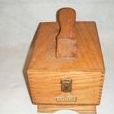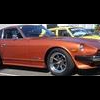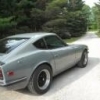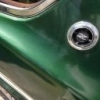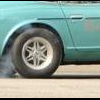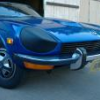Leaderboard
-
240260280z
Free Member3Points5,426Posts -
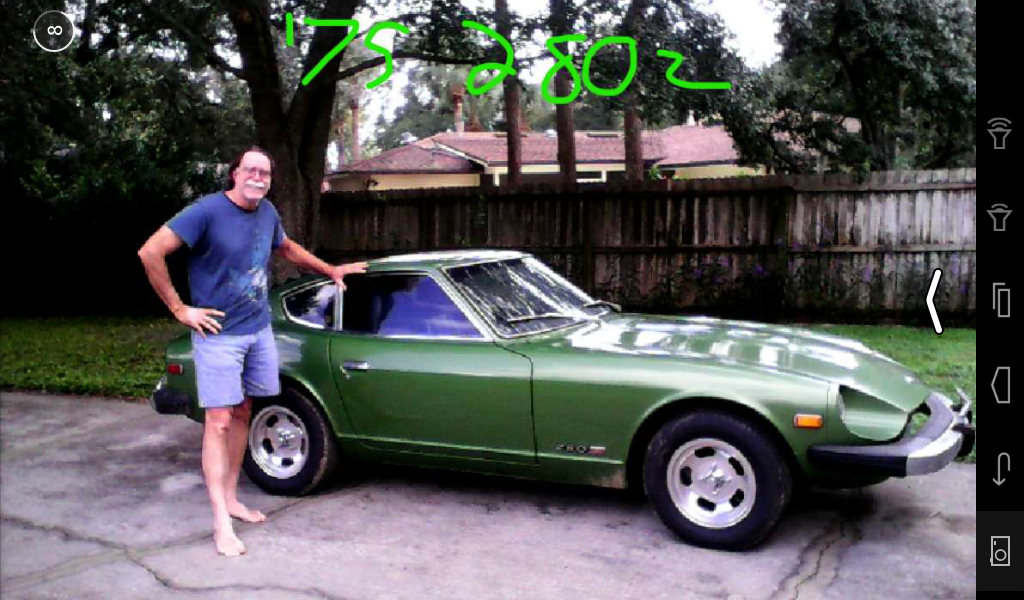
Dave WM
Free Member2Points3,591Posts -
Patcon
 Subscriber
Subscriber 2Points11,136Posts
2Points11,136Posts -
Chickenman
Free Member2Points1,210Posts
Popular Content
Showing content with the highest reputation on 07/21/2016 in Posts
Important Information
By using this site, you agree to our Privacy Policy and Guidelines. We have placed cookies on your device to help make this website better. You can adjust your cookie settings, otherwise we'll assume you're okay to continue.





